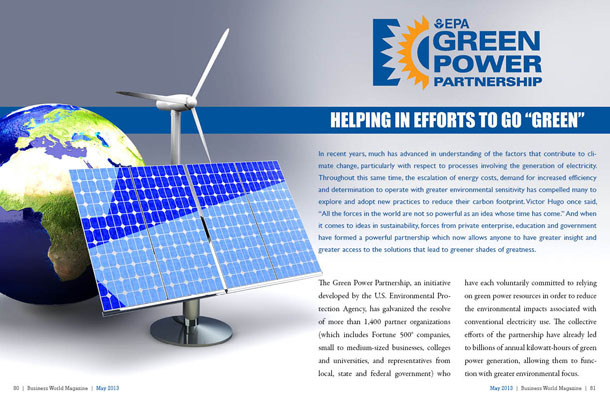
 Careful planning and favourable winds
Careful planning and favourable winds
MINDAX has moved from the exploration stage to the beginnings of the development stage in only a few short years. They have quickly become one of the major players, if not the preeminent one, in the Yilgarn Iron Province (YIP). They have gained this status through hard work, research, and being very selective with their drill sites. Their drill sites are all located near major infrastructure and populations, and those that are not have already seen infrastructure providers drawn to the sites with an aim to expand their services. In the Yilgarn Craton, MINDAX holds about 40 tenements within the 4 600 km2 of their property line. The major project that MINDAX is undertaking at the moment is the billion tonne Mt Forrest Iron Project. Many different industry observers have recognised the precision with which MINDAX has engaged in the planning stages of their projects as well as the realistic time tables they have set for themselves.
Starting out
“I put MINDAX together in 2003 and we were able to list about a year later,” says Greg Bromley, founder and Managing Director. “We floated on a portfolio of tenements which were principally for gold, all in Western Australia, or on the southern part of Western Australia, actually. That portfolio is still fairly important to us. However, with time, things have evolved.” Bromley had seen opportunities in uranium, and began to explore that sector of the business. “We had the opportunity to participate in a research program looking at the salinity in the West Australian Wheat Belt, and that research project had started to identify high levels of uranium in the ground water,” says Bromley. This project eventually led to the formation of a joint venture in the uranium sector. He says that over time they also saw that their key gold holding sat within a significant iron formation.
Changing the focus
“We started to look very closely at that iron formation, at which point not very much was known about it. We had about 17 kilometres of magnetite mineralisation, and we surmised there might be some very good material in the area,” he says. “Iron began to develop a prominence in the market place, simply because the market was focused on iron at the time. We have managed to progress that project to the point where we have 1.43 billion tonnes of magnetite ore in JORC (Joint Ore Reserves Committee) resource.” He says that their uranium program has also continued to move along, but with much less market notice. They have made significant discoveries of sedimentary uranium mineralisation, and he reports that they are working to progress that project to an advanced stage. Almost all of the tenements and resources that MINDAX has are now at an advanced stage and very near production. “MINDAX is mostly about iron ore and uranium, but we do have some gold offerings and with the price as it is right now, that is just lovely,” jokes Bromley.
They have made these discoveries using what Bromley calls “good old fashioned geology”, but he also says they have implemented some very advanced ground sampling techniques before they even began to drill. This has impressed both the industry and investors.
“We also have some residual interest in both gold and copper exploration, but that work is at a very early stage,” he says. “I guess you could say the philosophy of MINDAX has been that we are an exploration company, and we see our focus as identifying selected exploration programs that we can take forward to a resource stage, and that’s really where our focus has to be. I think the significance of that is that once we can bring something to the resource stage we can have a change of listing. There are a number of assets you can advance towards production. It is not simply a straight line when you are dealing with the corporate side,” he says, reiterating that their strengths have been tested and demonstrated as an exploration company. “We think we have been very successful at bringing the iron ore projects to the near production stage. Right now we are really trying to see how we can transition them into production. We also believe that with the uranium, we are fairly close to being at a resource stage and we will have to address the issue then.” He says that as a small company they have limited resources when it comes to bringing a project to bear, but they already have a plan. “To bring the magnetite to production, you are looking at a two billion dollar investment to do that, and we just don’t have it.”
Reaching a major turning point
Bromley explains that presently they are looking at DSO (direct shipping ore) production, where they will be shipping mined ore directly to steel furnaces. He sees this option as a much less expensive one for MINDAX, and one they can move quickly into production. On July 25th, 2011, Bromley announced that they will be fast-tracking DSO production at Mt Forrest, which will bring forward cash flows at the project. Bromley predicts that they will have implemented full DSO production at Mt Forrest by the second half of 2013, and the resulting cash flow can then be used to help fund the planned magnetite production in 2015. He also said that third party infrastructure providers are already expressing interest in this plan. He says that these providers have expressed interests in building a port, power and rail facilities because they see an unusually high number of potential mines with resource assets within a few kilometres of Mt Forrest.
“With this we will be able to catch the present price wave, and ultimately MINDAX is looking at some strategic partnerships to draw the project forward to its full potential,” he says, indicating the DSO production stage is just a first step. “That is where we are at, and with our seven years of existence, we have generated two very good projects essentially from a grass roots base in that period of time, and are now on the cusp of gaining a cash flow – which is kind of a Holy Grail for most exploration companies,” he says. “We see that we would be able to start moving DSO production in the latter half of 2013, and it would start as a fairly modest operation, and with the DSO we are looking at producing two to three million tonnes per-annum over a 10 year time frame, and that production would under-plate the development of the magnetite project.”
Their project pipelines will guarantee MINDAX a busy ten years in both exploration and development. At present they are seen as one of the most advanced companies working in the YIP, being called the major player in the area by many industry commentators. Their strategic planning, and realistic time tables, has made them a very attractive exploration company for many in the industry and as they close in on DSO in 2013, this status can only become more entrenched.







